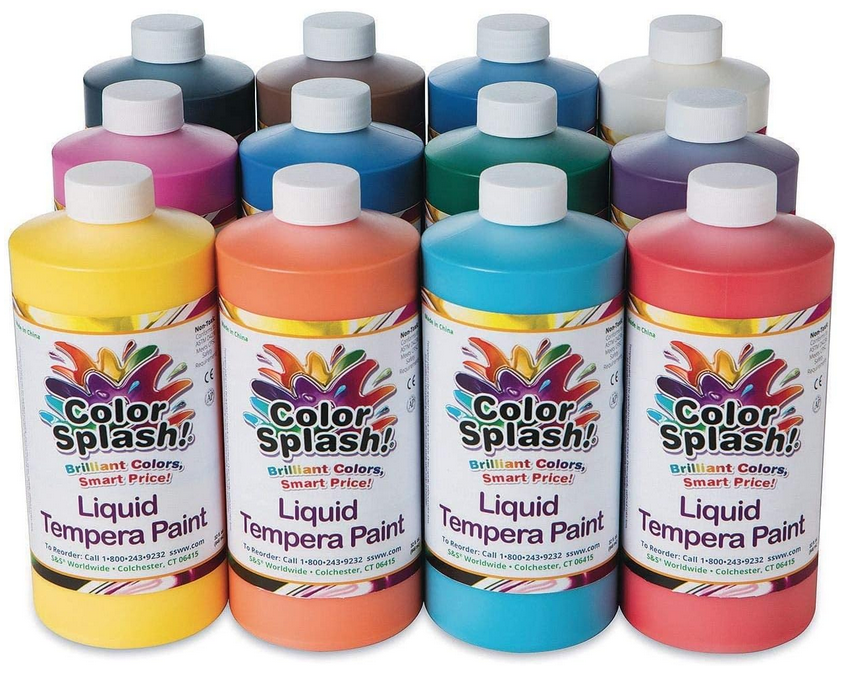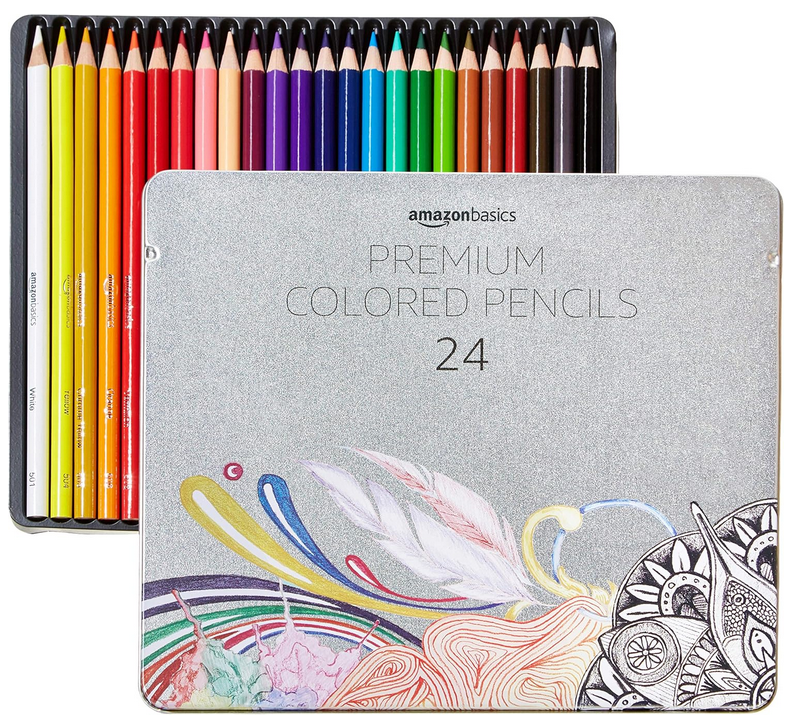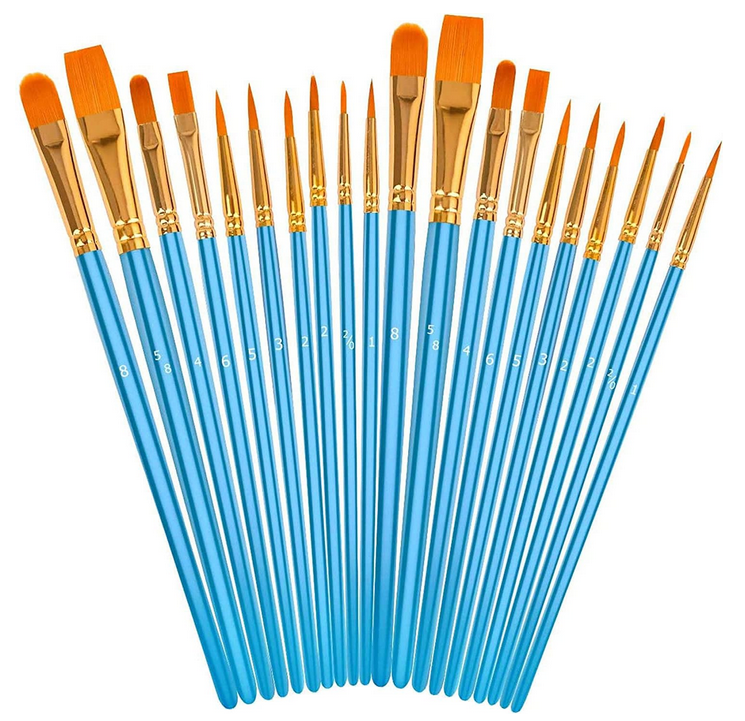- Home
- Art History
- China
China Art History
Chinese art history spans over 10,000 years, representing one of humanity's most enduring and influential artistic traditions. From the Neolithic period to contemporary times, Chinese artistic expression has maintained remarkable continuity while constantly evolving through dynamic cultural exchanges and technological innovations.
The earliest forms of Chinese art emerged during the Neolithic period (10,000-2000 BCE), particularly in the Yellow River Valley. The discovery of painted pottery at sites like Banpo Village near Xi'an reveals sophisticated geometric patterns and stylized animal designs, marking the beginning of this rich artistic legacy.
During the Bronze Age, specifically in the Shang Dynasty (1600-1046 BCE), Chinese artisans developed extraordinary bronze-casting techniques. The ritual vessels produced during this period, found primarily in Anyang, Henan Province, demonstrate exceptional craftsmanship and complex symbolic decorations that provide invaluable insights into early Chinese civilization.
The Han Dynasty (206 BCE-220 CE) marked a crucial period in Chinese art history, introducing new art forms and techniques. The famous terracotta warriors of Xi'an, created during the preceding Qin Dynasty, influenced Han sculptural traditions. This period also saw the emergence of sophisticated lacquerware and jade carving techniques.
Buddhism's arrival in China profoundly impacted artistic development during the Six Dynasties period (220-589 CE). The Mogao Caves near Dunhuang and the Yungang Grottoes near Datong exemplify this influence, featuring thousands of Buddhist sculptures and murals that blend Indian Buddhist iconography with Chinese artistic traditions.
The Tang Dynasty (618-907 CE) represents a golden age in Chinese art history. This period saw the perfection of china art forms such as ceramics, particularly the development of the famous three-color (sancai) glazed pottery. The cosmopolitan nature of Chang'an (modern-day Xi'an) fostered artistic exchange along the Silk Road.
The Song Dynasty (960-1279) witnessed the refinement of landscape painting, with artists like Fan Kuan and Guo Xi creating monumental works that established the foundations for an art history lesson in Chinese landscape traditions. Their paintings emphasized the philosophical concept of harmony between humans and nature.
The Ming Dynasty (1368-1644) brought unprecedented attention to porcelain production, particularly in Jingdezhen. The blue-and-white porcelain from this period became highly sought after globally and remains one of China's most recognizable artistic contributions to world culture.
Contemporary Chinese art, emerging since the late 20th century, continues to evolve while maintaining connections to traditional techniques and philosophies. Artists like Ai Weiwei and Cai Guo-Qiang have gained international recognition for work that bridges traditional Chinese artistic practices with modern concepts and media.
Throughout Chinese art history, the relationship between calligraphy, painting, and poetry has remained fundamental to artistic expression. This integration of different art forms, known as the "Three Perfections," continues to influence contemporary artists and provides essential context for understanding Chinese cultural and artistic development.
Okay, so now I've put on some ads from Amazon - from which I may earn a few cents. (2025)



